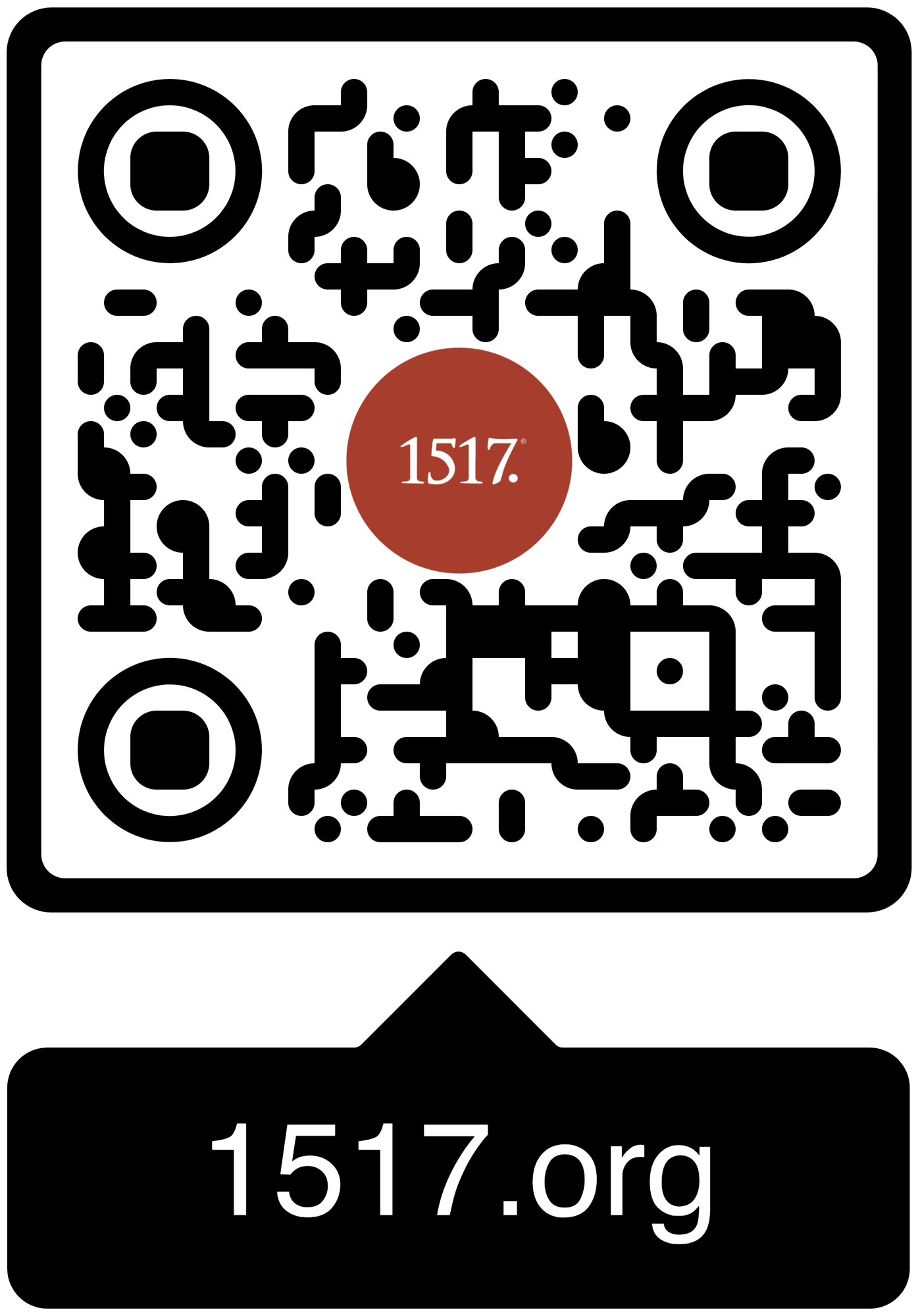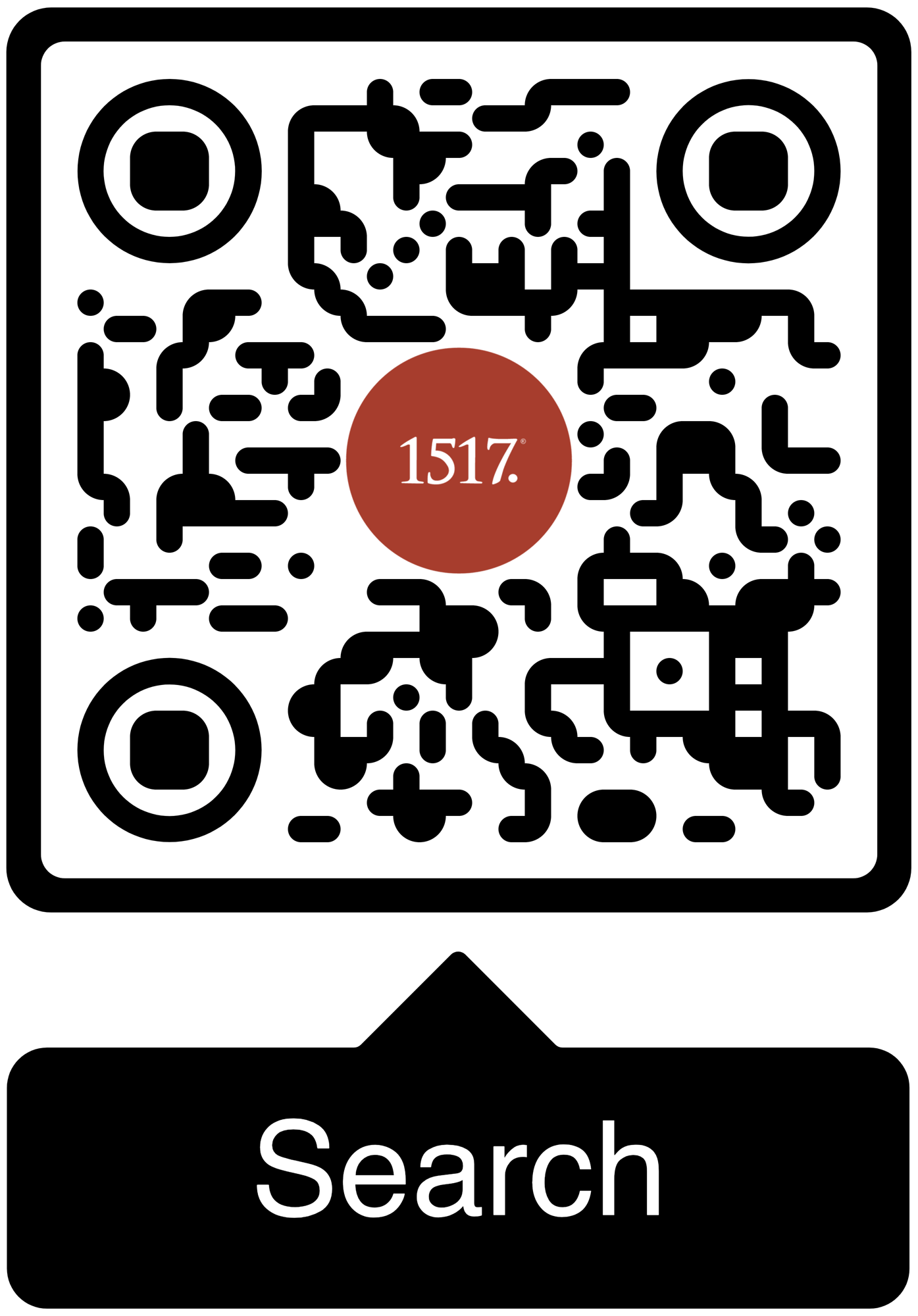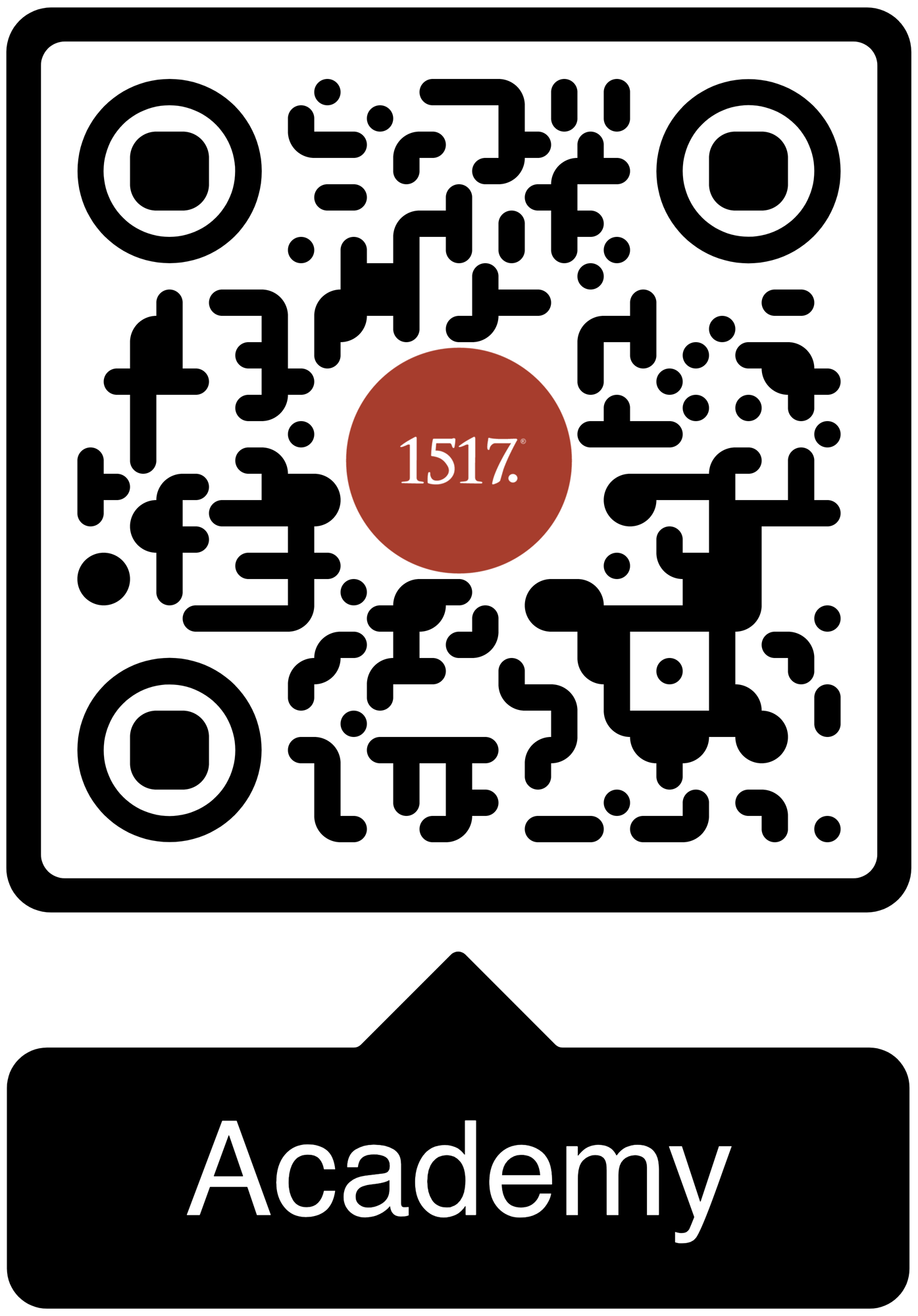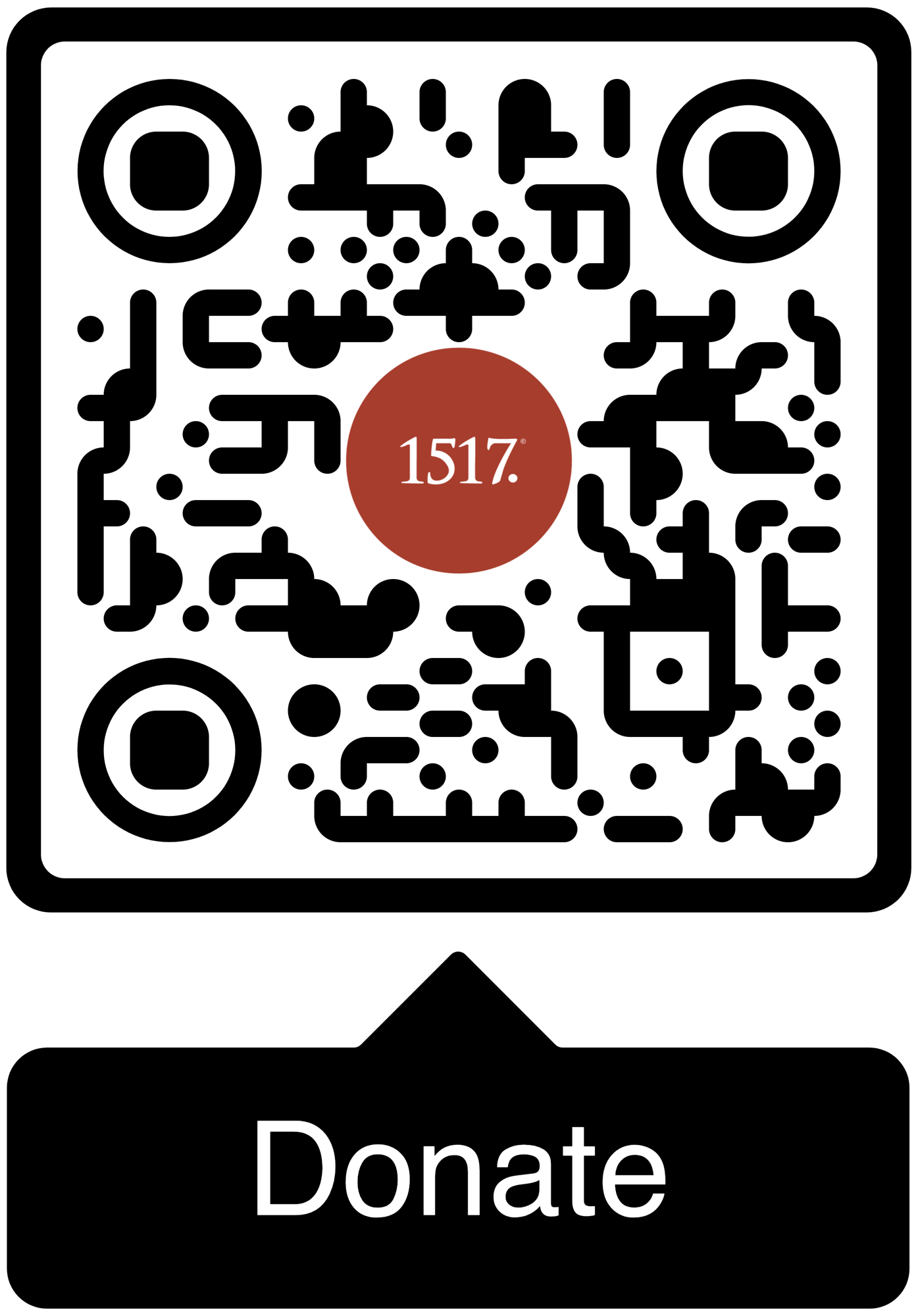Nothing good happens when you get ahead of God and take matters into your own hands.
09/11/25
To confess Christ crucified and risen as the only hope in a world that has lost its mind to wickedness and rage.
09/10/25
The following entries are excerpts from Chad Bird’s upcoming book, Untamed Prayers: 365 Daily Devotions on Christ in the Book of the Psalms (1517 Publishing, 2025), pgs. 191-192.
All Articles
Author
- All Authors
- 1517 Guest Contributor
- 1517 Publishing
- 1517 Staff
- A. A. Just Jr.
- A.J. Vega
- Aaron Boerst
- Adam Francisco
- Adam Stetson
- Amy Mantravadi
- Andrew Foss
- Anthony DiLiberto
- Blake Flattley
- Bob Hiller
- Bob Sundquist
- Bonnie Petroschuk
- Brad Soenksen
- Bradley Gray
- Brandon Hanson
- Brandon Pangman
- Brennan Manning
- Brian W. Thomas
- Bror Erickson
- Bruce Hillman
- C.S. Lewis
- Caleb Keith
- Chad Bird
- Charles E. Fry
- Christopher J. Richmann
- Cindy Koch
- CJ Armstrong
- Craig Donofrio
- Dan Chrismer
- Dan van Voorhis
- Dan Weber
- Daniel Deen
- Daniel Emery Price
- Daniel Stenberg
- David Clay
- David Rufner
- David Schmitt
- Debi Winrich
- Delwyn Campbell
- Dominick Santore
- Donavon Riley
- Edward Killian
- Elyse Fitzpatrick
- Erick Sorensen
- Gage Jordan
- Gerhard Forde
- Grant Klembara
- Greg Koukl
- Gretchen Ronnevik
- Haroldo Camacho
- Hermann Sasse
- Jacob Corzine
- Jacob Smith
- Jake Allstaedt
- Jared C. Wilson
- Jason Lane
- Jason Lang
- Jason Oakland
- Jay Sawrie
- Jeff Mallinson
- Jeffrey Pulse
- Jenifer Mohan
- Jessica Delgado
- Jessica Thompson
- Jim Nestingen
- Joel Fitzpatrick
- Joel Hess
- Joey Goodall
- John Bombaro
- John Bortulin
- John Chrysostom
- John T. Pless
- John W. Hoyum
- John Warwick Montgomery
- Jonathan Ruehs
- Jordan Spina
- Joshua Miller
- Justin Rossow
- Karen Stenberg
- Kathy Morales
- Katie Koplin
- Kelsi Klembara
- Ken Sundet Jones
- Kerri Tom
- Kevin Hale
- Kevin McClain
- Kyle G. Jones
- Larry D. Hughes
- Laura Bauer
- Luke Kjolhaug
- Magnus Persson
- Mariah Coward
- Mark Jasa
- Mark Mattes
- Mark Pierson
- Martin Luther
- Matt Johnson
- Matt Kroelinger
- Matt Popovits
- Michael Berg
- Michael Gibney
- Nicholas Hopman
- Nicholas Kallis
- Norman Nagel
- Paul Dunk
- Paul Koch
- Pete Lange
- Peter Nafzger
- Philip Bartelt
- Preston Sprinkle
- Raleigh Sadler
- Rick Ritchie
- RJ Grunewald
- Robert Farrar Capon
- Robert Kolb
- Rod Rosenbladt
- Roland Ehlke
- Ron Hodel
- Ryan Couch
- Ryan Matthias
- Ryan Stevenson-Cosgrove
- Ryan Tinetti
- Sam Leanza Ortiz
- Sam P. Schuldheisz
- Sarah Crowder
- Scott Davis
- Scott Keith
- Scott Landrum
- Seth Moorman
- Steve Byrnes
- Steve Kruschel
- Steven A. Hein
- Steven Paulson
- StoryMakers NYC
- Tanner Olson
- Tate Barber
- Ted Rosenbladt
- Travis Scholl
- Tyler Cronkright
- Uwe Siemon-Netto
- Valerie Thur
- Wade Johnston
- Walter Hwang
- Wayne Sender
- Zack James Cole
07/20/23
God’s published will offers us anchorage, the anchorage of Jesus Christ, in the midst of chaos, reminding us that there is a greater purpose to our lives than the pursuit of worldly success or fleeting pleasures.
07/19/23
The existence of aliens can not negate the promise given to us by God courtesy of the life, death, and resurrection of Jesus Christ.
07/03/23
The Holy Spirit unleashes his power through us, his vines, and we then get to watch as his fruits blossom and ripen.
06/27/23
The Parable of the Lost Sheep bursts through the confines of convention and demands that we embrace the messiness of life and the unpredictable ways in which God's grace and forgiveness operates.
06/20/23
It’s not our eloquence or persuasive rhetoric that changes hearts, but the Word of God that pierces through the hardened shells of unbelief and breathes life into the dead bones of sinners.
06/13/23
This is an excerpt from chapter 9 of “What Can Really Know?: The Strengths and Limits of Human Understanding” by David Andersen (1517 Publishing, 2023).
06/09/23
No matter how far away they wander, God always hears the prayers of his children.
06/08/23
Prayer is not just about asking for things. It's about receiving what has already been given to us in Christ.
06/06/23
What I desperately needed was not to preach to myself, but to listen to a preacher—not to take myself in hand, but to be taken in the hands of the Almighty.
05/23/23
Tim wanted everyone to know to the deepest part of their being that they were justified by Christ alone.
05/08/23
Christ's words of exclusive salvation are not just a warning but a sure promise for you.
04/21/23
The drama of Scripture is about God renaming us by bringing us into his image-bearing family once again. And it would take “a name above all names” to accomplish it.
1517 is a Christian non-profit (501(c)3) multi-media organization. Our mission is to declare and defend the Good News that we are forgiven and free on account of the death and resurrection of Jesus alone.





1517 grants permission for our free online resources to be printed, photocopied, and otherwise used freely for private and church use. We require that authorship and source (1517.org) are referenced and maintained. These resources may not be sold or included in any publications for sale.


